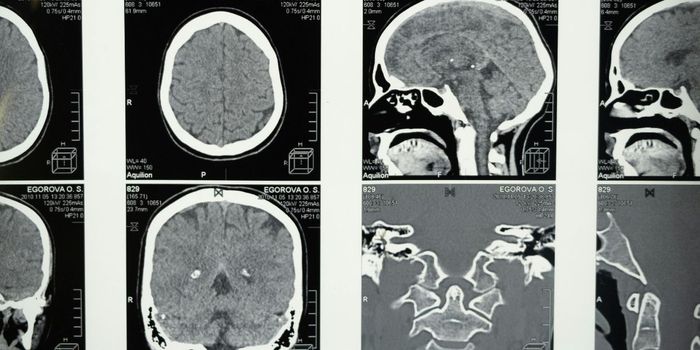A New Drug Combination for Metastatic Castration-Resistant Prostate Cancer
Work presented at this year’s American Society of Clinical Oncology (ASCO) annual meeting included data from a phase 3 clinical trial testing a combination drug regimen demonstrating therapeutic benefit for patients with metastatic castration-resistant prostate cancer (mCRPC). The abstract describing the findings appeared in the Journal of Clinical Oncology this June. Shortly after, the FDA approved the treatment regimen for clinical use.
The phase 3 study, called TALAPRO-2, compared the efficacy of a combination of talazoparib and enzalutamide to a monotherapeutic regimen of enzalutamide alone. Let’s start with a brief overview of the two drugs under evaluation in TALAPRO-2. Talazoparid (TALA), a polymerase inhibitor, interferes with the process of DNA replication and can stop or slow the growth of cancer cells. Enzalutamide (ENZA), an androgen receptor inhibitor, blocks the male sex hormone that prostate cancer cells require to grow, thus preventing cancer growth. TALAPRO-2, for the first time, administered these two drugs together to evaluate the impact of the combination regimen on mCRPC. The study focused on patients with genetic mutations, known as homologous recombination repair (HRR) gene alterations, which impair the ability to repair damaged DNA. HRR mutations increase the likelihood of replication of abnormal cells, which can become cancerous.
The study enrolled 399 patients with mCRPC, and investigators randomized the participants to receive ENZA alone or ANZA plus TALA. Participant eligibility criteria included having mildly or asymptomatic mCRPC, progressive disease, and an HRR deficiency.
In total, 200 patients received TALA and ENZA, while 199 received a placebo and ENZA. The research team reported significantly improved radiographic progression-free survival (rPFS), indicating the time between trail randomization and the time of cancer progression observed through radiological imaging. In addition, TALA and ENZA delayed the progression of prostate-specific antigen (PSA), an indicator of disease burden.
The researchers also reported on treatment-emergent adverse events (TEAEs), side effects, and toxicities attributed to the drugs under investigation. TEAEs related to blood disorders such as anemia, neutropenia, and leukopenia appeared slightly more frequently (about 3% greater) in patients treated with TALA plus ENZA compared to ENZA alone. However, the discontinuation rate, a readout of how often a patient stops treatment due to the severity of the side effects, remained similar between the groups (7.6% for TALA and ENZA versus 7% for ENZA alone). Notably, patients receiving TALA and ENZA exhibited significantly longer time (on average about seven months) before experiencing a clinically meaningful decline in their quality of life.
The researchers conclude that the combination treatment of TALA and ENZA significantly improved survival compared to ENZA alone for patients with mCRPC and HRR mutations. At the same time, the combination treatment regimen also delayed the time before quality of life deteriorated, indicating that the treatment regimen could extend the meaningful time patients with this aggressive disease have to enjoy life.
Sources: J Clin Oncol (Fizazi), Oncologist, JAMA Oncol, J Clin Oncol (Hussein), Cancer Manag Res









